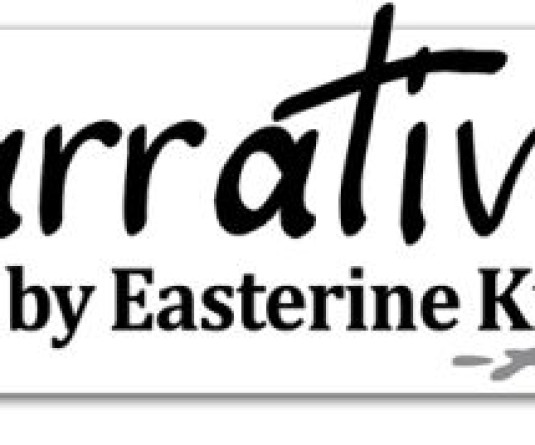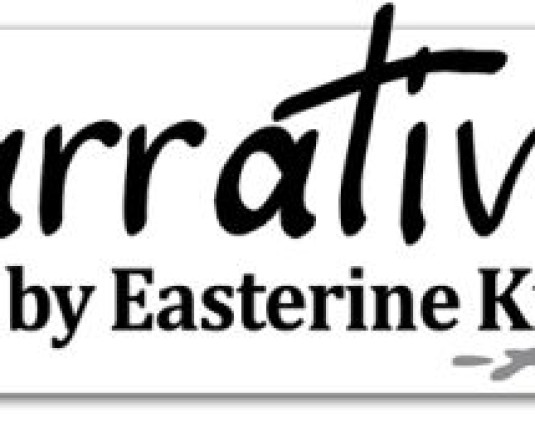
The Tombstone in my Garden, pp 119, price Rs 499, Speaking Tiger
There are different ways of telling a story. A casual narrating of a random tale that the listener recognises parts of and can relate to.
Then there isanother way: starting with shock value in a Naga context by musing on taboo violation yet not quite crossing the line and still managing tokeep the reader on the edge of his/her seat. Prof Temsula chooses the latter for the title story of her volume of stories, The Tombstone in my Garden.
As the story begins, a widowed mother of two sons is looking out at her front yard, where her husband’s tombstone intrudes on the harmony of the garden. She has her opinions and one of them is that the tombstone is an imposition on a spot very dear to her. Why is she so vehemently against the placement of the tombstone in her garden? Questions pop up, and they will be slowly answered, while layer after layer of the story is unravelled with the answering of the questions. The source of irritation for the main protagonist has long been, ‘the small marble tombstone that squatted ugly and impassive amidst the relentless attacks by weeds and assorted bird-shit to obscure it.’
Who is this woman? The sentence quoted above is sufficient to convey that she is not grieving over the man who made her a widow. It is quickly revealed that she has been overruled over the placement of the gravestone in the prime spot in the garden – and the sight of it every morning brings up all the negative feelings she now associates with this sight. Unrest at the outset of a story is a great device to lead the story into further story telling. The widow’s ‘resentment and frustration’ becomes clearer when it is revealed that she was the owner of the house and garden where her in-laws had buried her late husband by force, as it were. We learn that the marriage had been brought about when her father had lured in the bridegroom-to-be with the prospect of a house and land that would accompany his daughter’s hand. There was no love lost here.
The Tombstone in my Garden delves into the complexities of a mixed-raceancestry.The main protagonist, Lily-Anne, grows up with the epithet her mother hurls at her, ‘Do-rangi.’ In exasperation, the motherhad shouted, ‘What country will accept you? You are neither Indian nor English!’ The tension in this household is palpable most of the time. In her book, Prof Temsula dives into a murky area – identity crisis and the problem of acceptance for the offspring of mixed parentage. They are the members of society forever alienated by their name, ‘Anglo’ that indicates they are not eligible to be considered ethnically Indian or English. The storyteller digs below the surface and shows us how things really are– the struggles to fit in, the obstacles to be overcome in finding a husband for Lily Anne, and the shattering of the illusion of a happy married lifein the glimpse we are given of their marriage. The story teller leaves us with something to ponder over. She considers removing the tombstone, but has to conclude that ‘such intruding markers would be difficult to remove because we live in a milieu where such markers still define who we really are.’ It is an eye-opener shining its light on our society and the narrow definitions we insist on, the definitions we impose on people and situations, the stereotypes we trap them in.
The story of Nandu and Ajay/Ajmal in The Platform, is a tragic human tale set in a place very familiar to us yet is far removed from the humane because commerce imposes itself over the daily grind of life – Dimapur Railway Station. The writer casts a compassionate eye over the mass of humanity congregated at the station and zeroes in on the emotional and physical drama that is the life of one of the porters.
The Saga of a Cloth seems to read like everyone’s story because we have all known a family like this, with the incorrigible son/grandson that is constantly a thorn in the side of the community. But that is where the similarity stops.It is actually the opening into a bygone world where an extraordinary story has taken place and will culminate in the present. The technique of reaching into the past in order to help us understand the present is done consummately. It is a tale with flashes of the Etiben story but with its own unique plot and conclusion.
Where the title story mused on taboo actions, The Saga of a Cloth revolves around a sacrilegious action, deceit and betrayal and the end that is reaped by all these actions.
What to expect when you come to read The Tombstone in my Garden?
A poet looking upon life with a kindly eye, seeing more to people than meets the eye; stories told with empathy for the suffering of humans in an unpredictable world. Treat yourself. Find a quiet corner, make a warm beaker of tea and lose yourself in the lives of people who you first thought were strangers, but in the end, have become friends.






